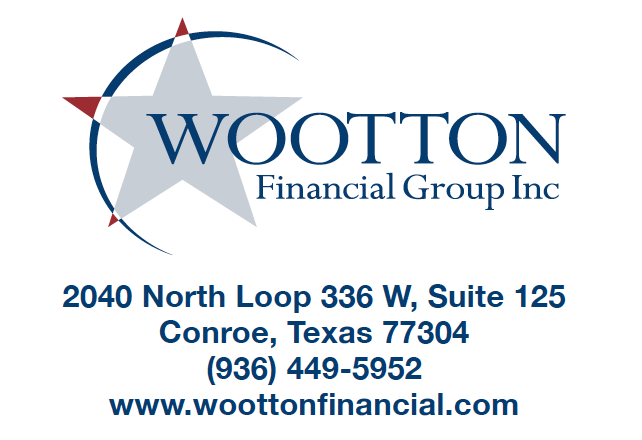No! Your Home is not an Asset
Despite what most people think, your home is not an asset, at least not until you sell it assuming you have equity in it. It is a liability and a large one at that and mortgage rates have recently soared to levels not witnessed in over two decades compounding the liability and cash flow issues for many.
Current buyers are still grappling with the shock of remembering historically low interest rates just two years ago, which allowed them to afford substantially more. However, those presently searching for homes face a severe shortage of available properties, as numerous homeowners are reluctant to list their homes on the market. Consequently, this scarcity has led to a rapid escalation in home prices.
When you factor in high inflation and stagnant wage growth spanning decades, today’s buyers find themselves with less purchasing power compared to twenty years ago. This has snowballed into an affordability crisis, exacerbated by rising rates.
Mortgage rates in modern times to past highs
As per data from Freddie Mac, the average rate on a 30-year fixed mortgage reached 7.18% last week, following a surge to 7.24% the week before. This marked the third consecutive week in which rates exceeded 7%, a milestone not seen since April 2002.
However, it’s crucial to note that during the period between 1992 and April 2002, mortgage rates averaged 7.66%. They declined after that, averaging 6.03% until mid-2006.
The current experience for homebuyers contrasts sharply with this. The Federal Reserve has swiftly raised its benchmark rate over the past 18 months, causing mortgage rates to follow suit.
Yet, prior to this, buyers witnessed rates plunging below 3% for over a year during the pandemic, leading to a frenzy among buyers and a boom in refinancing among homeowners. By the end of this record low-rate period, hardly anyone had a mortgage rate above 6%. In fact, Redfin found that 91.8% of US homeowners had mortgage rates below 6% in June. Moreover, 82.4% had rates under 5%, and 62% enjoyed rates below 4%. This has created a “lock-in effect” as homeowners with low rates are reluctant to sell, resulting in historically low inventory for resale homes and decreased sales.
Buyers are now flocking to the new home market. Builders have responded by increasing construction, but it’s insufficient to alleviate the shortage of homes. Demand remains strong but volatile.
Two decades ago, the economic landscape was different. Although an eight-month recession began in March 2001, it initially spared retail sales and housing for much of the year. It wasn’t until the second half of the year, following the September 11, 2001, terrorist attacks and rising unemployment, that consumer confidence started to wane.
In contrast to today, the early 2000s saw higher levels of single-family starts, new home sales, existing home sales, and an increase in mortgage applications for purchases, indicating steady demand.
Home prices between now and the past
Both eras witnessed significant increases in home prices, but the recent surge has outpaced that of two decades ago. When mortgage rates hit historic lows during the pandemic, buyers with access to cheap financing drove prices up. According to the S&P Case-Shiller national home price index, prices increased by 45.15% from January 2020 to the all-time peak in June 2022.
Despite a brief dip in prices last year due to higher mortgage rates, they began to recover in 2023 and are still 45.12% higher than they were in January 2020, just shy of their peak.
The most notable difference between the two periods lies in affordability. In April 2002, it took 27% of the median household income to afford a mortgage payment on a median-priced home, slightly lower than the historical average. In contrast, today’s buyers are allocating 38.30% of the median household income to purchase a median-priced home.
Additionally, the median home price-to-median income ratio has surged from 3.6 times in the years between 1975 and 2000 to 5.9 times today. This figure briefly hit six times last summer before prices began to stabilize. This substantial increase in home prices, combined with rising interest rates, has created a significant affordability challenge for today’s buyers, emphasizing the importance of carefully managing their finances in a shifting market.
The takeaway from all this is to carefully consider whether to purchase or refinance right now and do so within the context of a broader financial plan. Staying where you are if you have a current low mortgage rate and playing the amortization game could put you further ahead down the road. Adjusting payment schedules and even recasting a mortgage can both be good solutions to tackling what for most is their largest liability.
I hope this is helpful to your retirement journey. Call us, come see us or visit us at www.woottonfinancial.com, we’d love the opportunity to help address your questions and concerns and provide you Clear Direction for Your Retirement®.
 Investment Advisory services offered through Game Plan Advisors, Inc., a registered investment advisor. Insurance services offered through Wootton Financial Group, Inc. Game Plan Advisors, Inc. and Wootton Financial Group, Inc. are affiliated through common ownership. Neither Game Plan Advisors, Inc. nor Wootton Financial Group, Inc. offer legal or tax advice. Please consult the appropriate professional regarding your individual circumstance. Not associated with or endorsed by the Social Security Administration or any other government agency.
Investment Advisory services offered through Game Plan Advisors, Inc., a registered investment advisor. Insurance services offered through Wootton Financial Group, Inc. Game Plan Advisors, Inc. and Wootton Financial Group, Inc. are affiliated through common ownership. Neither Game Plan Advisors, Inc. nor Wootton Financial Group, Inc. offer legal or tax advice. Please consult the appropriate professional regarding your individual circumstance. Not associated with or endorsed by the Social Security Administration or any other government agency.
Indices are unmanaged and investors cannot invest directly in an index. Unless otherwise noted, performance of indices does not account for any fees, commissions or other expenses that would be incurred. Returns do not include reinvested dividends.
The S&P CoreLogic Case–Shiller Home Price Indices are repeat-sales house price indices for the United States. There are multiple Case–Shiller home price indices: A national home price index, a 20-city composite index, a 10-city composite index, and twenty individual metro area indices. These indices were first produced commercially by Case Shiller Weiss. They are now calculated and kept monthly by Standard & Poor’s, with data calculated for January 1987 to present. The indices kept by Standard & Poor are normalized to a value of 100 in January 2000



